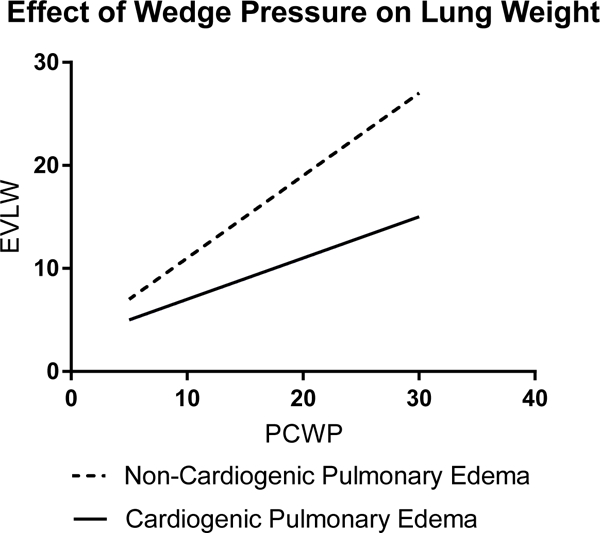Figure 1. Effect of pulmonary capillary wedge pressure (PCWP) on extravascular lung water (EVLW).

The non-cardiogenic pulmonary edema of ARDS is caused by increased permeability of the alveolar-capillary barrier and passage of protein-rich fluid into the interstitium and alveolar spaces. EVLW, a measurement of the volume of pulmonary edema fluid, has been shown to be higher in ARDS than in cardiogenic pulmonary edema.10 In ARDS, loss of protein from the intravascular space disrupts the normal oncotic pressure differential between the intravascular and interstitial spaces. This makes patients with ARDS very sensitive to the effects of intravascular volume. Experiments have shown that the same increase in PCWP will lead to a greater accumulation of pulmonary edema fluid in patients with ARDS than in those with cardiogenic pulmonary edema.11
